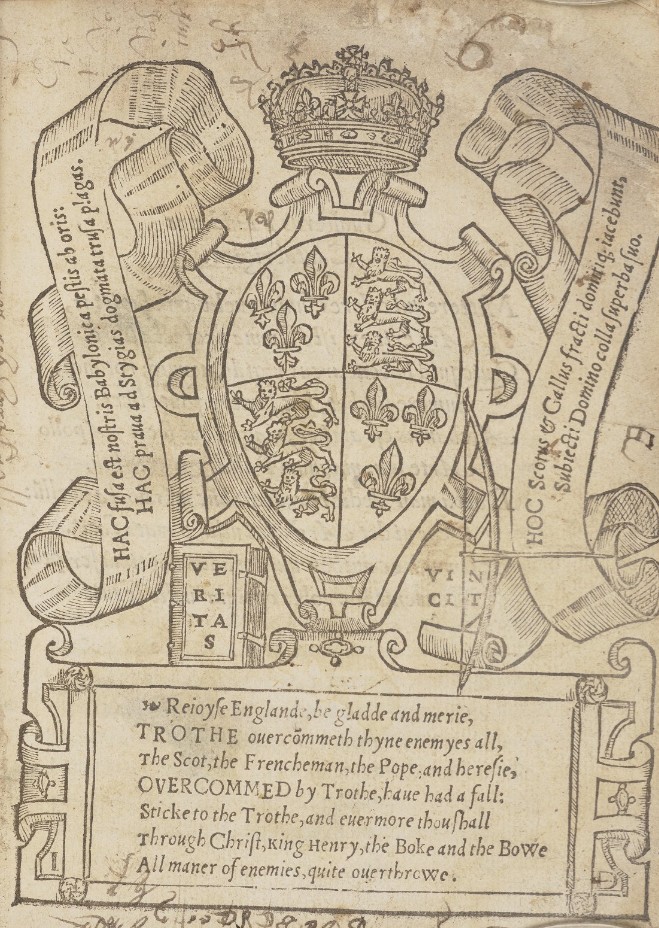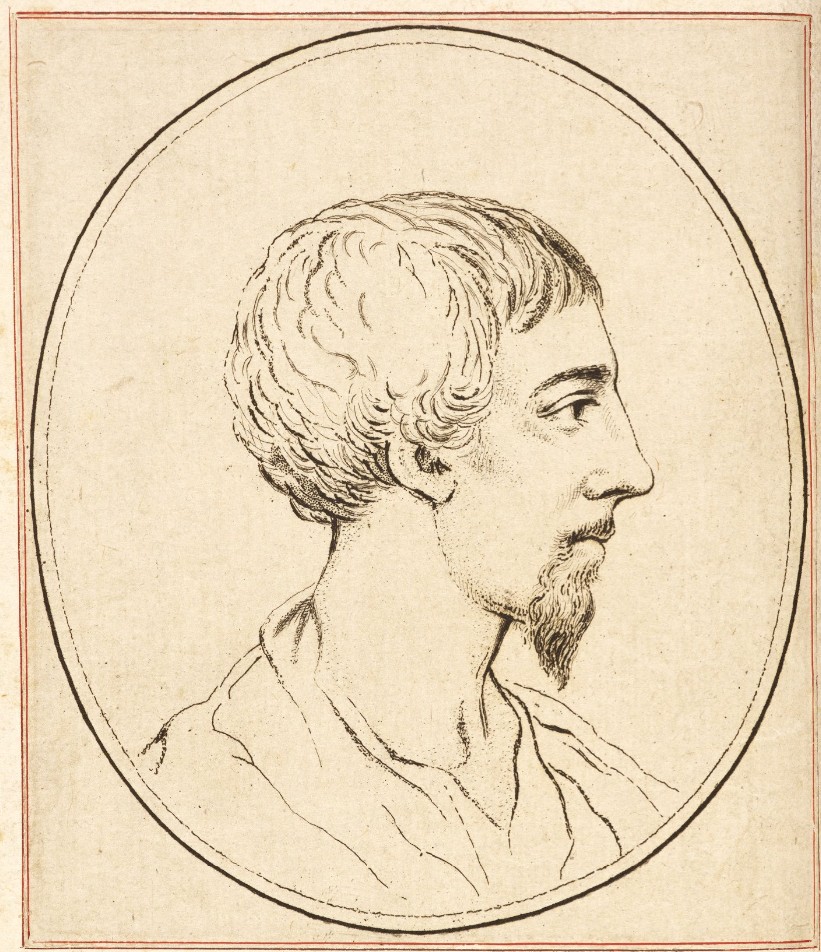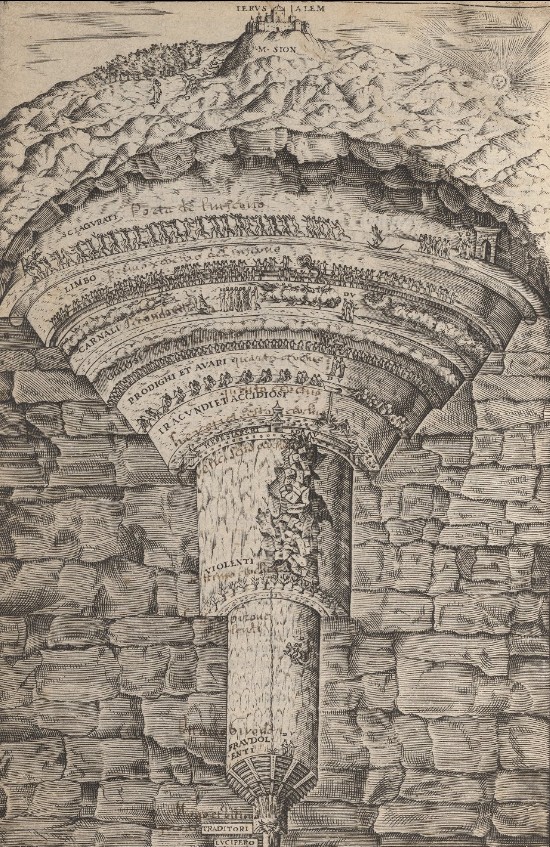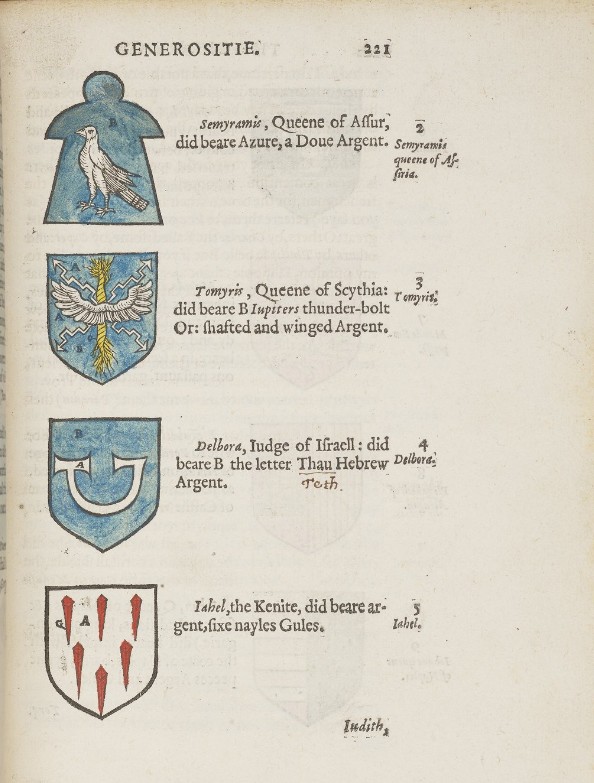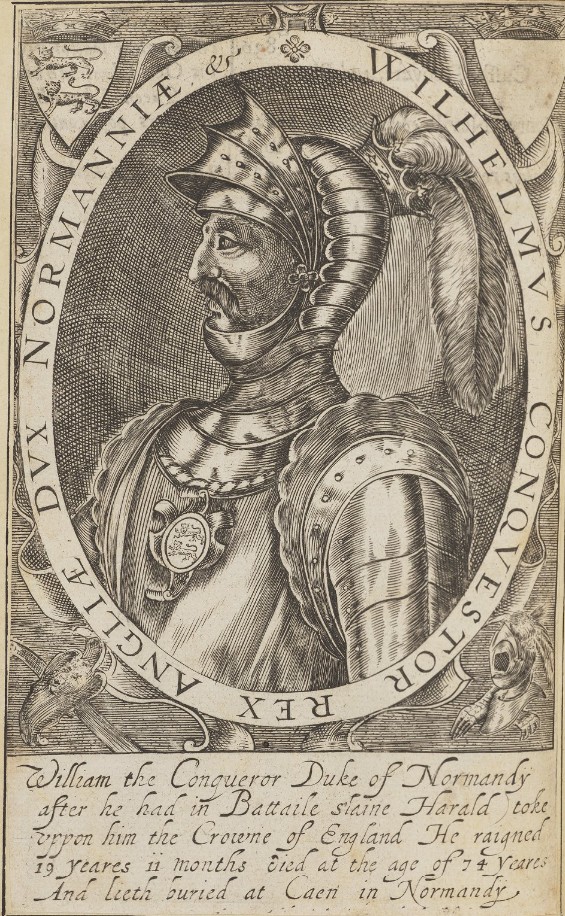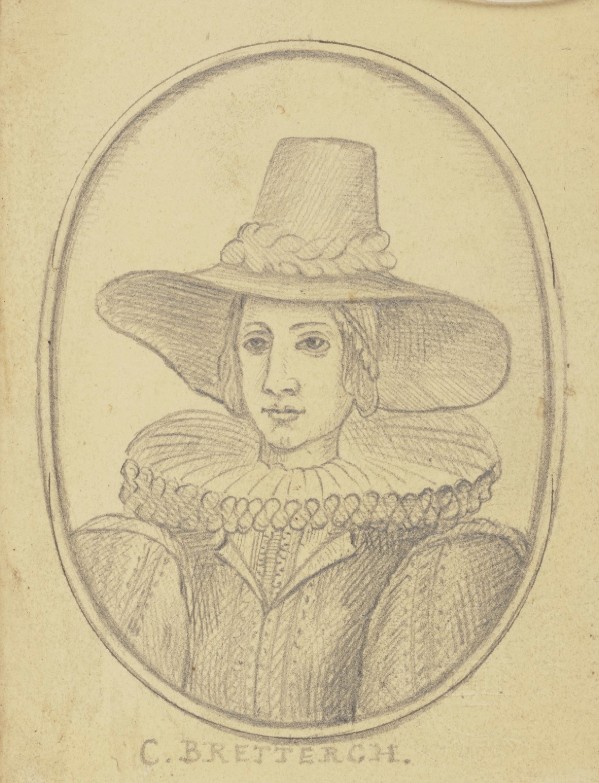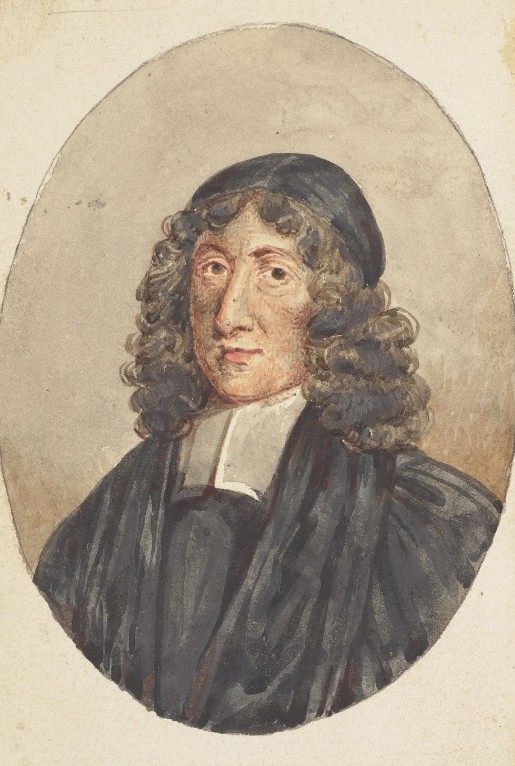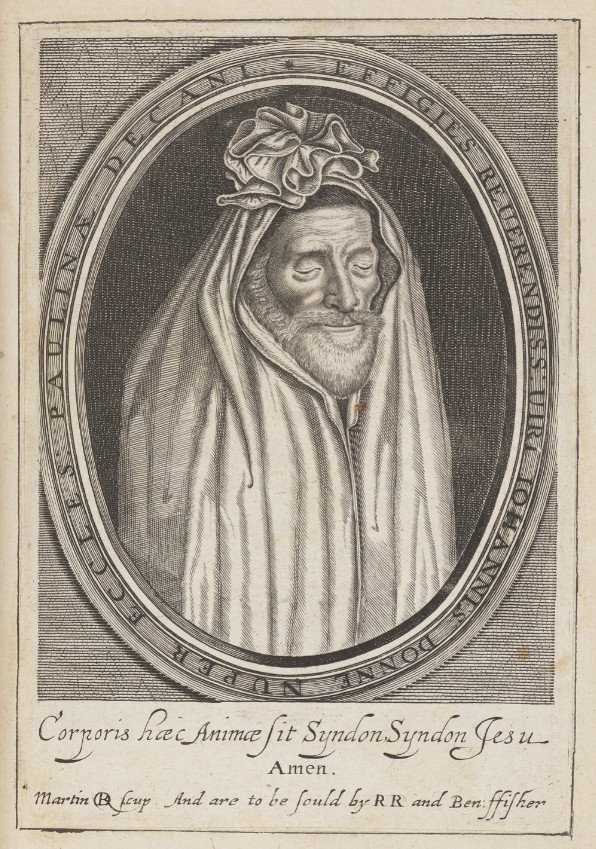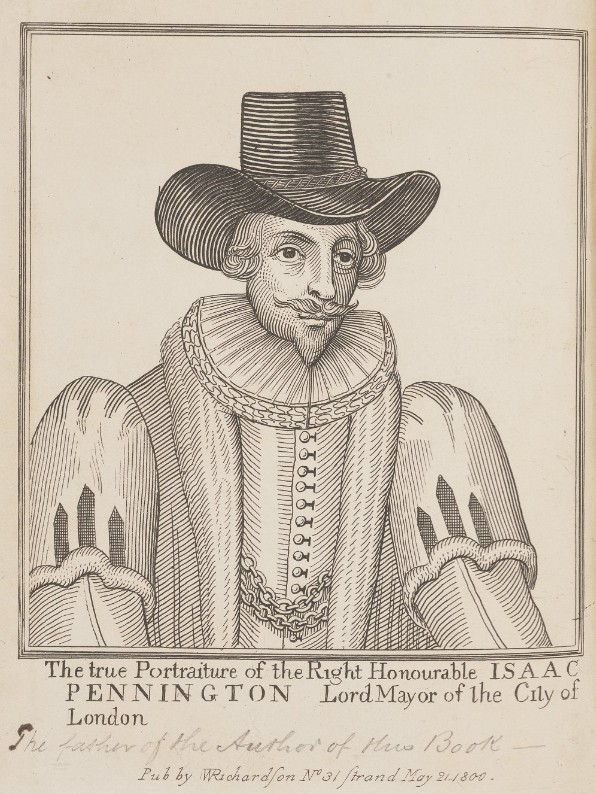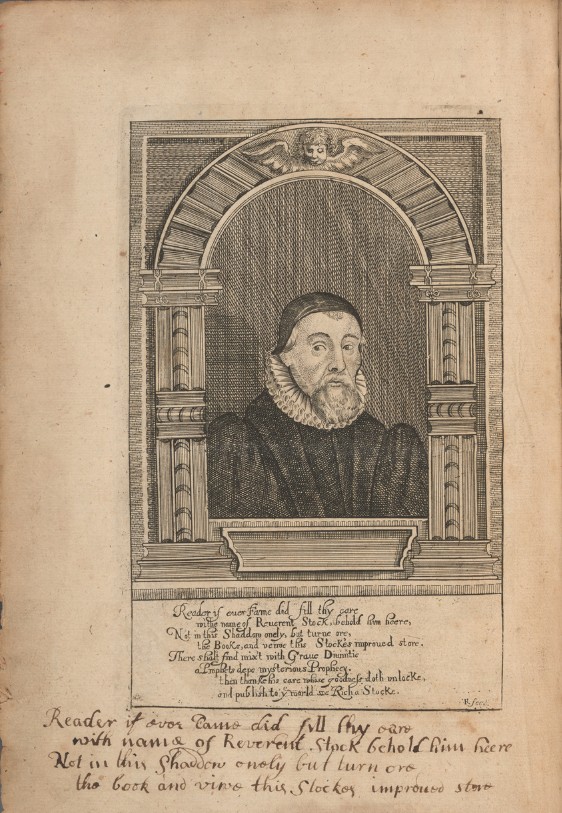Introduction
Hand-coloured plate (detail) from The Book of Common Prayer (London, 1678), John Rylands Research Institute and Library, David Lloyd Roberts Book Collection R51596.1.
What is extra-illustration?
Most people are familiar with the practice of book illustration. Extra-illustration, on the other hand, is the process whereby books in their published state are customised by readers and collectors, usually by means of incorporating material such as engravings and drawings.
Extra-illustration was practised widely by book collectors in Britain from the late eighteenth century onwards. For instance, there are several examples of extra-illustrated books contained within the Catalogue of the Curious and Valuable Library (1833) of Joseph Haslewood (1769–1833), founder of the Roxburghe Club, the oldest society of bibliophiles in the world. Several items within this catalogue are accompanied with descriptions such as ‘a portrait inserted’, ‘original Drawings inserted’, and ‘a few printed illustrations inserted’.
This digital exhibition is the first to place extra-illustrated early modern books alongside annotated book illustrations, investigating how readers engaged visually with their books. Why did readers and book collectors write notes, doodle on, or apply colour to the illustrative matter within their books? What does the practice of extra-illustration tell us about the enduring fascination held by eighteenth- to twentieth-century readers for certain early modern texts, well beyond the era in which they were produced?
This exhibition displays a small selection of extra-illustrated early modern books and annotated illustrations within the collections of the John Rylands Research Institute and Library. From canonical works of English literature to obscure pamphlets, all these copies are unique by virtue of the manner in which readers and collectors augmented the pages with drawings and prints, annotated the illustrations with explanatory labels and descriptions, or defaced them with pen trials. The objects in this exhibition invite us to think about how readers and collectors treated their books and the pictures within them, whether they were valued or used as scrap paper.
It is often difficult to provide exact dates as to when these copies were extra-illustrated or annotated. Moreover, the provenance records of these books are slim; therefore, the identities of most of the extra-illustrators and annotators remain uncertain. Whatever the motivation behind these individuals, it is clear that the objects in this exhibition are certainly ‘beautified with … prospects and portraictures’.1 Not, perhaps, ‘prospects’ in the early modern sense of the word (‘landscape’), but rather ‘opportunities’. By adding visual material and writing on images, these readers and collectors gave their books a new lease of life, imbuing them with possibilities for new interpretations and a deeper appreciation of these rare texts from early modern England and Europe.
~ Dr Hannah Yip, Curator
24 July 2025
Notes
- William Dugdale, Antiquities of Warwickshire Illustrated … Beautified with Maps, Prospects and Portaictures (London: Thomas Warren, 1656). ↩
Acknowledgements
This digital exhibition was supported by a Computational and Digital Research Grant, awarded by the John Rylands Research Institute and Library in 2024.
I would like to thank John McCrory (John Rylands Research Institute and Library), Giles Bergel (University of Oxford), and Julie Ramwell (John Rylands Research Institute and Library) for their invaluable assistance in putting together this exhibition.
I would also like to acknowledge the Leverhulme Trust for their support in funding the research that enabled me to produce this exhibition.

